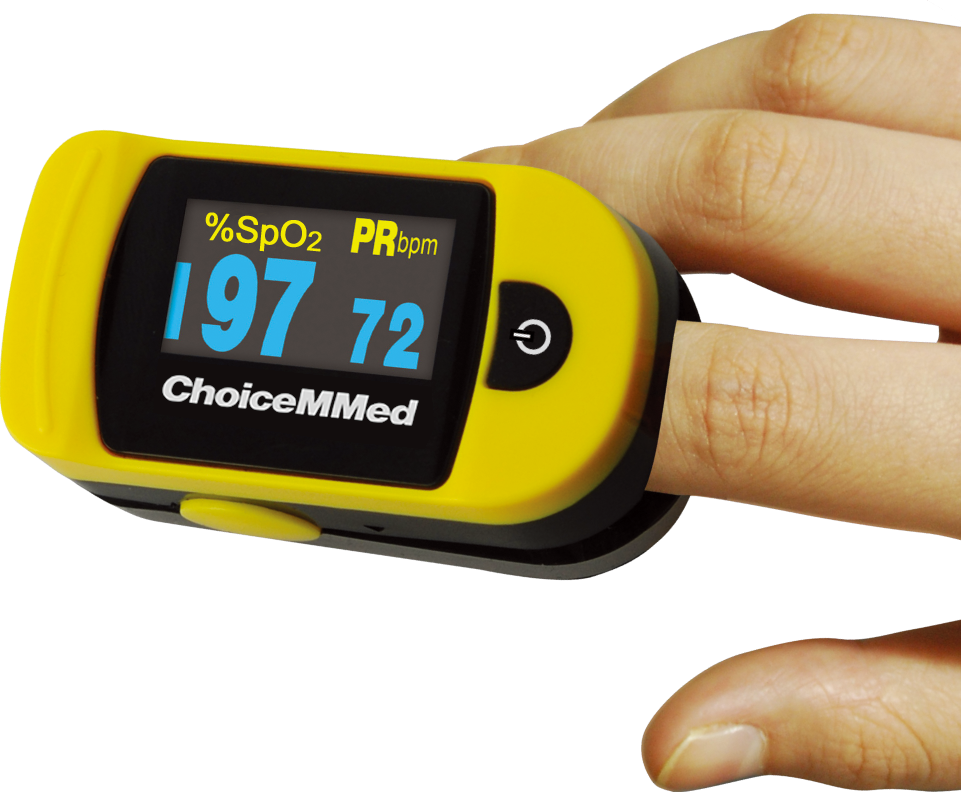Respiratory Resource Center - LPT Medical
8 Challenges to Expect this Winter if You Have COPD
If you have COPD, then you know that all...
Read More15 Practical Ways to Prevent COPD Exacerbations
If you have COPD, then you know that it...
Read MoreGive Your Lungs a Break With These Top-of-The-Line Portable Oxygen Concentrators
Giving your lungs a break is an important...
Read More


